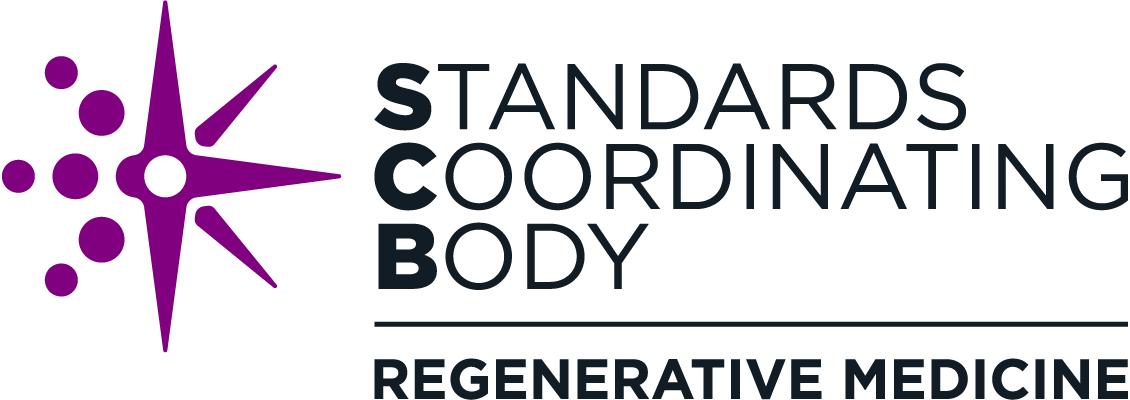Standards Development in Action: Fluorescence Microscopy Imaging Guidelines
CHALLENGE
Cell-based assays can help researchers and manufacturers quickly and efficiently assess cells to ensure the consistency and quality of regenerative medicine products. These assays often rely on image-based measurements to define cell attributes; however, existing assay standards did not specify how to acquire images or account for the impact of different imaging approaches on measurement results. To improve assay accuracy, the regenerative medicine community needed guidance on how to precisely and reliably capture imaging measurements.
SOLUTION
Dr. Michael Halter from the National Institute of Standards and Technology (NIST) worked as technical lead of an ASTM working group—under ASTM Committee F04 on Medical and Surgical Materials and Devices—to develop guidance on microscopy imaging approaches. To leverage past efforts and resources, the working group studied existing relevant standards, reaching out to other members of the community for input on available standards and remaining gaps. Dr. Halter also solicited support from professional societies and experts with experience participating in the consensus-based standards development process.
The team chose to focus on defining foundational imaging principles in quantitative fluorescence intensity that were not tied to specific technology types—rather than outlining a specific test method—to support the standard’s long-term value. To help ensure the standard would be feasible for regenerative medicine stakeholders to adopt, the working group circulated the standard to quality control experts to gather their feedback.
The Standards Coordinating Body (SCB) is also working with Dr. Halter to coordinate efforts for a standard on minimum requirements and points to consider for cell morphology—including image capture, segmentation, and quantification. This effort will help with reproducibility and consistency of morphological studies for cell and gene therapeutic products in both release testing and in-process development.
IMPACT
This new standard—ASTM F3294-18, Standard Guide for Performing Quantitative Fluorescence Intensity Measurements in Cell-based Assays with Widefield Epifluorescence Microscopy—can help improve the reliability and precision of cell-based assays. The standard may also help drive adoption of more sophisticated imaging technologies, further strengthening the rigor of cell-based assay imaging measurements.
LESSONS LEARNED
For others interested in participating in standards development, Dr. Halter recommends soliciting as much feedback on a potential standards need as possible, as early as possible. This is critical to ensure a standard will address a broad need, demonstrate its value to potential adopters, confirm it will remain relevant over time, and gather support from the community. He also recommends engaging people experienced in standards review and writing from the beginning to build materials that align with reporting needs and best practices. A coordinating body such as SCB can help the working group engage experts and work effectively within the requirements of a standards developing organization.
GET INVOLVED IN STANDARDS DEVELOPMENT THROUGH SCB
As a coordinating body, SCB helps streamline the standards advancement process by driving momentum, aligning stakeholder efforts, and helping projects overcome obstacles.
Individuals can provide feedback to SCB on needed standards or join SCB-coordinated projects to advance standards that benefit the broad regenerative medicine community.
Contact SCB today to get involved.




